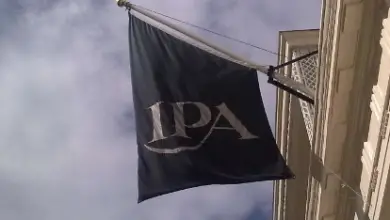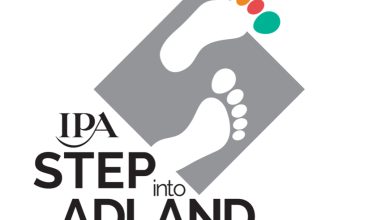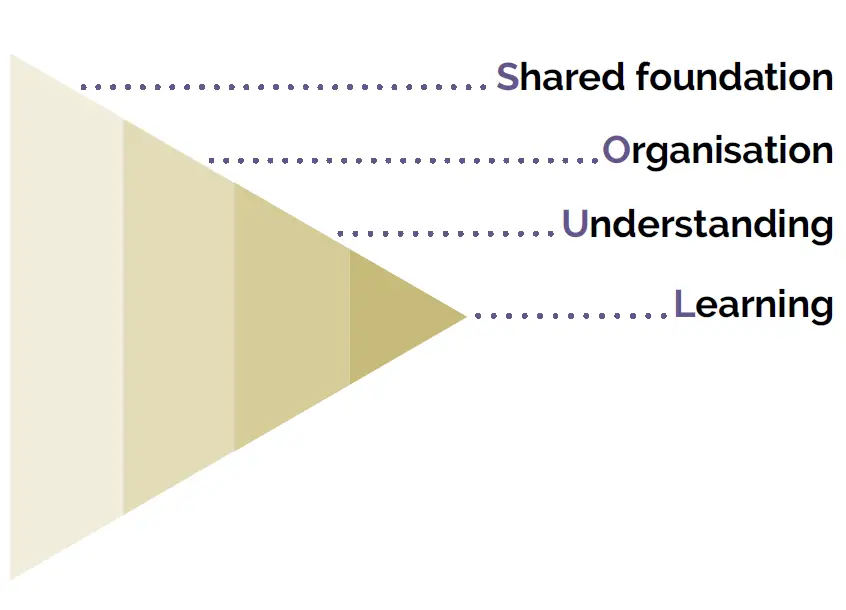The UK agency trade body the IPA has “published” its much-trumpeted Code of Best Practice on Dignity at Work, which came to pass following a spate of so-called ‘top five emails,’ ranking women on looks etc at agencies. Embarrassingly the first one of these was at The&Partnership London, helmed by IPA president Sarah Golding (below).


Only it hasn’t.
The press release details what’s behind it:
1. A template ’dignity at work’ policy that can be used by its agency members as a basis for either reviewing or preparing their own.
2. Accompanying guidelines for implementing such policies. These emphasise what actions each agency could take to prevent or identify and then eradicate inappropriate behaviour such as sexual banter or objectification of men and women. These include:
3. A background to the Code including:
Its cultural context and legal foundations for the Code including:
– A definition of bullying and harassment
– Who is protected
– Legal claims for bullying and harassment
– Employer liability
– Practical steps for agency employers
– What next for agencies
– Implications for agency employers
And, er, that’s it.
If you want to find out what the Code actually says about these matters you need to log in to the IPA’s website, but you can only do so if you’re a member agency (member of the management presumably). Which makes you wonder who the Code is supposed to benefit. If you’re thinking of working in advertising you’ll have to find out what it’s like for yourself.
Intriguingly Campaign has unearthed one actual section of the Code, unpublished by the IPA, to do with “objectification” of women.
This purportedly says: “This could include comments about someone’s looks, attire, physique or the way they speak. For example, commenting on or rating how someone looks while giving a presentation, rather than on what they actually say. Such comments or actions can be termed ‘objectification’. Objectification in its broadest sense means treating someone as a commodity or object, without any regard to their personality or dignity. The most common understanding of objectification is ‘sexual objectification’- treating a person as a mere object of sexual desire. This can, of course, occur both inside and outside the work sphere. Sexual objectification can be manifested in films, TV shows and in broadcast and non-broadcast advertisements.”
President Golding says: “As President of the IPA I felt it was important that the IPA, through its Council, provided additional guidance around what is appropriate behaviour in the workplace. I am very happy we are now in a position to publish our Code of Conduct for Dignity at Work, to help our members understand what is, and what is not acceptable.”
Golding, who’s no fool, must know this won’t do. Maybe her hands were tied by some of the other 46 Council members who didn’t want to make the actual contents of the Code public.
In so doing they seem to have scored a PR own goal.
Update
The IPA says: The code is available via our website to all employees of our member agencies. We have produced this code for our members so that they can incorporate it into their own staff communications. Some agencies will have already made sure their staff are clear about which behaviours are not acceptable others will welcome this IPA code so that they can use it to make sure their people are well versed in this sensitive area.
Still can’t quite understand why they don’t print it in full on the website. And releasing edited highlights to Campaign is a rum do.









